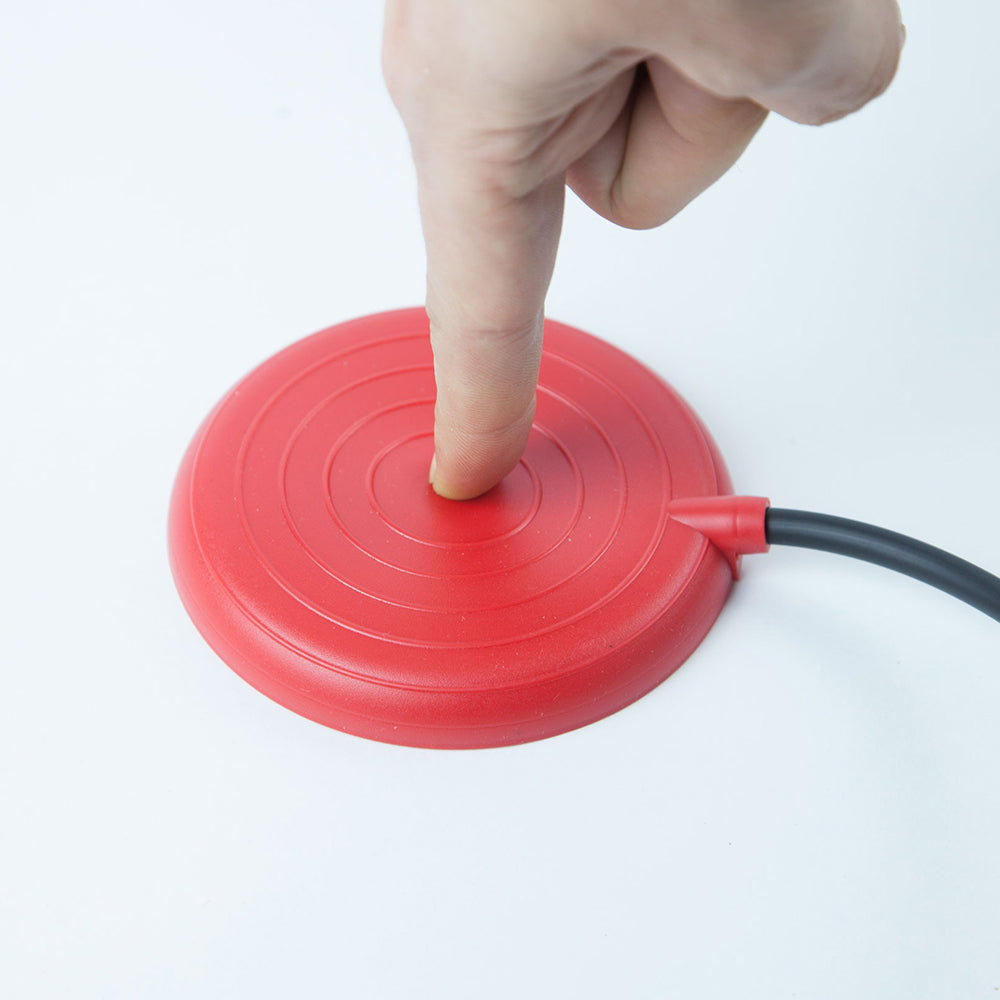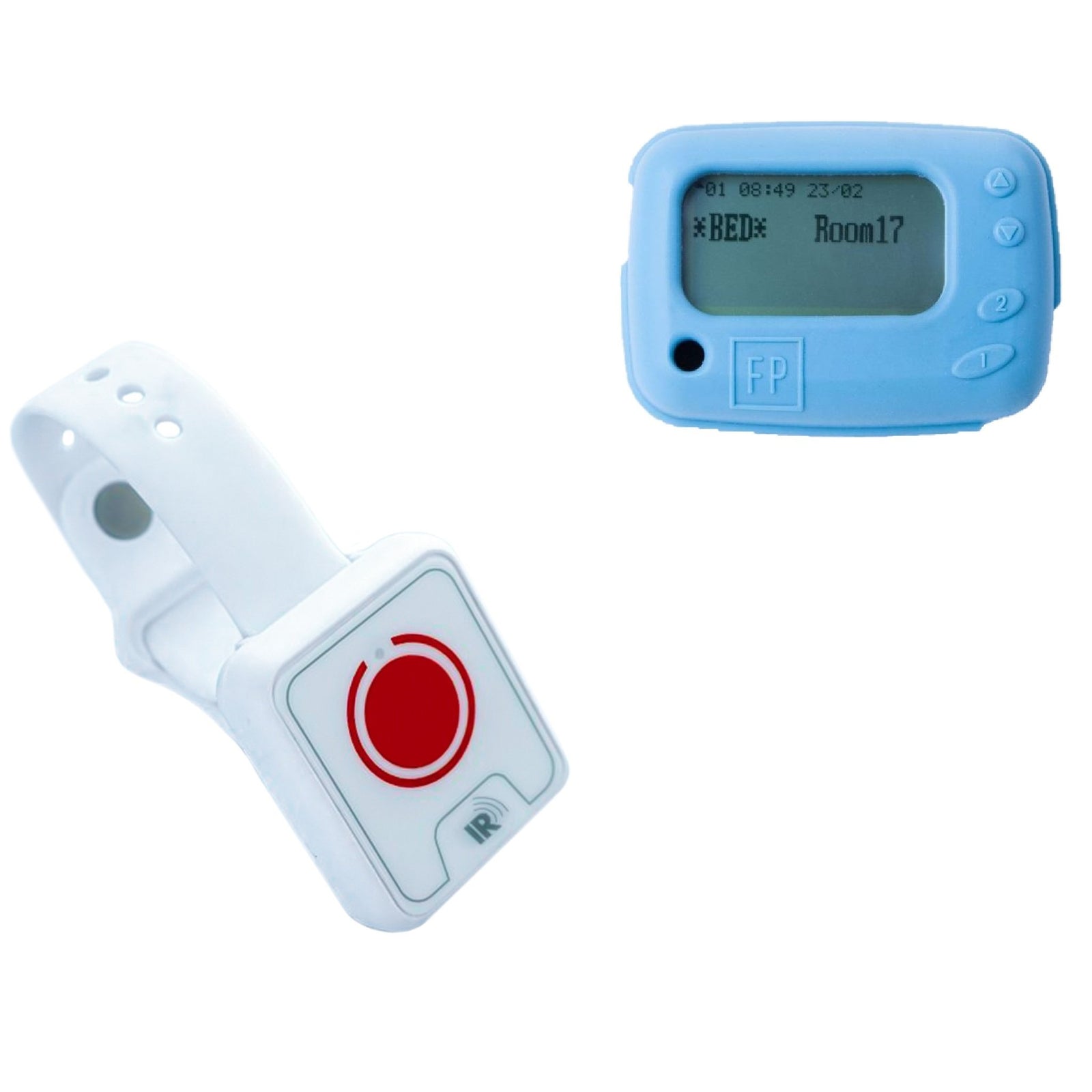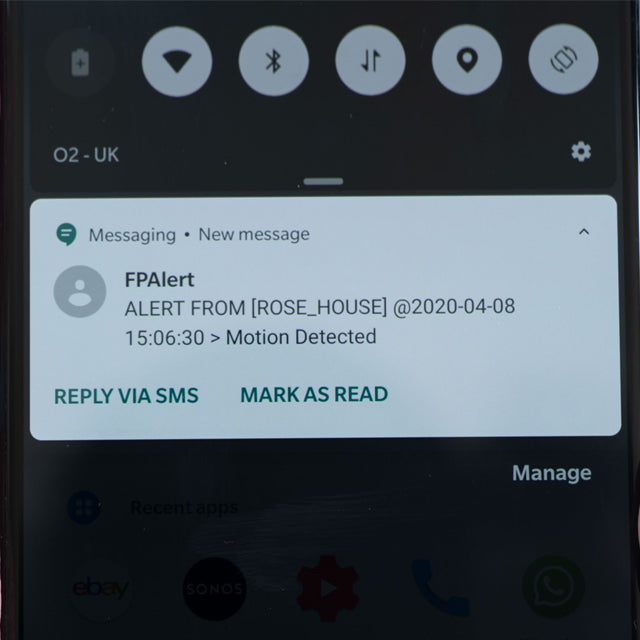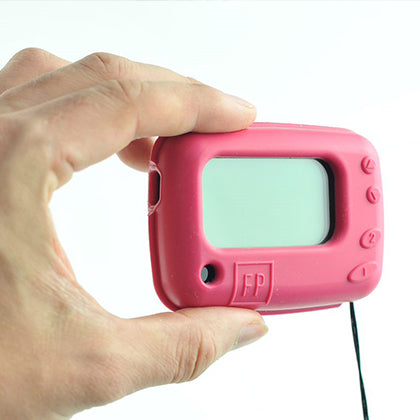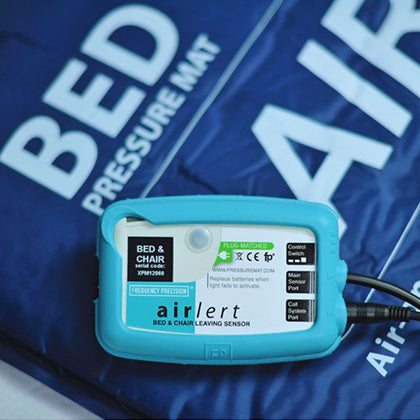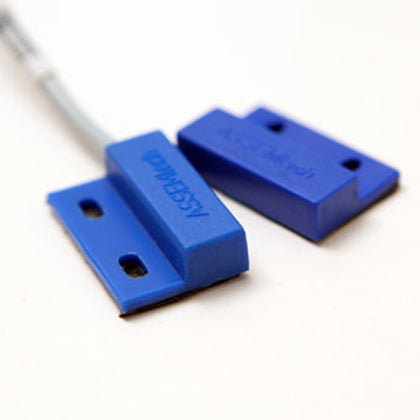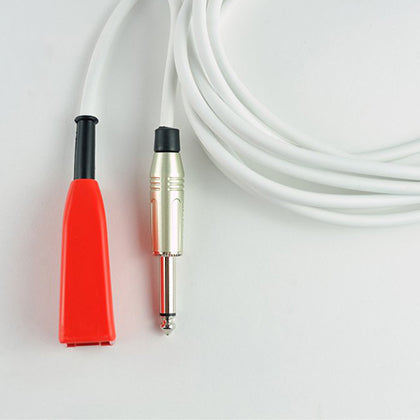
At care facilities, patient safety is of the utmost importance. As such, there are a number of safety devices that have been invented and integrated into the care industry to help maximise patient safety, making it more efficient to monitor whilst making staff’s jobs easier - allowing them to carry out more tasks throughout the day.
In this article, we’ll discuss the importance of such devices in care facilities, as well as taking a detailed look at what these include and why they’re beneficial.
The Importance of Safety Devices in Care Facilities
If you provide a care service, whether that be domiciliary care or operating in a care home, then you have a legal and moral duty to ensure you are providing your patients, who are paying customers, with a comprehensive service that puts their wellbeing first and complies with the strict care industry regulations.
As part of this, one of your key responsibilities is to ensure that all patients under your care are safe from potential accidents, injuries or distress and are promptly tended to any time there is potential for the aforementioned risks to occur. Similarly you must also respond to your patients’ needs when they require help or are unable to help themselves.
In years past, this could be incredibly difficult for staff, as the need to check in on patients (as is a priority) at all times could significantly impact productivity levels with other important tasks being neglected due to this - especially during times when staff levels may be low.
Thanks to the development of safety devices, however, nurses and care workers are now able to carry out their jobs more effectively, since they can undertake separate tasks that may need doing whilst still being able to efficiently respond to patients’ needs without being in such close proximity to them, nor needing to check in on them as often (although regular check-ins are carried out, these don’t to be as regularly done as they were before).
Furthermore, this also gives patients peace of mind that their needs can continue to be met, especially in emergencies, as they know a staff member will be with them in the event that they call for assistance or in an emergency situation - both of which are made possible thanks to the safety devices at the disposal of both patients and staff.
Wireless Call Buttons to Pressure Sensor Pads: Safety Devices Found in Care Homes
Pressure Mats
There are various types of pressure mats that can be utilised in a range of care settings. These most commonly include:
Not only are each of these used in different places (i.e. a bed, chair or the floor), but they are used for specific purposes.
Looking first at bed pressure mats, these are placed underneath the mattress where a patient sleeps. Pressure sensors are incorporated into these mats, allowing them to detect when a patient tries to leave a bed and send an alert to staff members. These are mainly used with patients who require assistance when getting out of bed, as the alert sent to staff allows them to come to the patient’s aid in order to prevent potential falls, thus maintaining a safe environment for the patient.
Chair pressure pads offer the same function as bed mats, with the main difference being that they are instead placed on chairs rather than beds - as their name suggests. Again, these are used for patients who are at risk of falling.
Convulsion sensor mats look very similar to bed mats and are placed in a similar fashion - underneath the mattress where a patient lays/sleeps. However, unlike regular bed pressure mats, these ones are used specifically for patients who suffer from epilepsy, as they are able to detect the convulsions indicative of someone having an epileptic seizure. In the event that staff are alerted to a patient having a seizure, they will get to them quickly in order to protect them from injury while waiting for the seizure to pass.
Lastly, floor pressure mats. Again, their name is rather self-explanatory - they’re placed on the floor in order to detect foot pressure. These will usually be placed in a doorway, hallway or next to a bed as a form of fall prevention, alerting staff that a patient has got up and may be walking around without assistance. However, they can also be used to keep track of who enters and leaves a room, making them also ideal for patient safety - whether that be to spot patients from wandering and trying to leave (which could put their safety at risk) or, in extreme cases, to ensure that no one is entering a patient's room when they shouldn’t be.
Each of these sensor mats can be connected to work with both pagers and/or nurse call systems, allowing care providers to choose where and to whom alerts will be directed.
Sensors
Sensors are another common device that may be used in care homes. Again, there are different types with different purposes, namely:
Fall sensors are sensors that are worn by a patient - typically on the wrist, like a watch - in order to detect if they’ve had a heavy fall. Upon detecting a fall, then it will alert staff so that they can come to the patient’s assistance. The great thing about these is that the alert can also be cancelled if necessary; for example, if the device wrongly detects a fall, then the wearer has the ability to cancel the alert from being raised if unnecessary, thus not disrupting busy staff.
Next are motion sensors. These are used to detect movement, and are especially useful to use at night. For example, they can be placed in rooms or areas that patients shouldn’t be in due to safety hazards (e.g. the kitchen) or in their rooms to detect if they get up and wander around in the night.
Door sensors are also useful to use at night. A door alarm sensor for the elderly detects when a door has been opened, which can alert staff members if any patients leave their room at night, allowing them to see if they need assistance with something or to help them back to bed. The great thing about these is that they have a sliding switch to turn the device on and off, allowing it to be turned off in the day when footfall through a room is more likely (e.g. staff going in and out) but turned on at night still, without the need to physically take the sensor off the door each day.
Call Buttons
So far, the devices we’ve discussed all independently alert staff members when a patient needs assistance. But what about when the patients themselves want or need to alert staff that they need assistance? This is where call buttons come in.
Call buttons are devices that are kept in close proximity to patients, so that they can press them to alert staff when they require help. This could be in the form of a small button at their bedside, a larger easy-press button that is touch sensitive (for those who may struggle to press the standard button) or a wearable wireless button.
As with all the other devices we’ve mentioned, these will then send an alert topagers and alarms, depending on which they’ve been wired up to as chosen by the care provider. For example, each staff member can carry a pager, so if there is a particular patient they work with or if they are a leading carer on duty then they can be alerted individually, whereas call station alarms will alert any member of staff at the call station that a patient needs assistance, allowing whoever is available to address the alert.
Why Choose Frequency Precision?
Whether you require nursing home call buttons or pressure mats, we’ve got the comprehensive and reliable solutions you need here at Frequency Precision.
As specialists in telecare for hospitals, nursing homes and home carers for over 35 years, we have developed a name for ourselves thanks to our user-friendly sensors and pagers and excellent customer service, which is why our products are relied on by many leading care providers across the industry.
Regardless of your requirements, we’re sure to have a solution to meet your needs.Get in touch with us today to learn more about what our products can offer your care facility.

